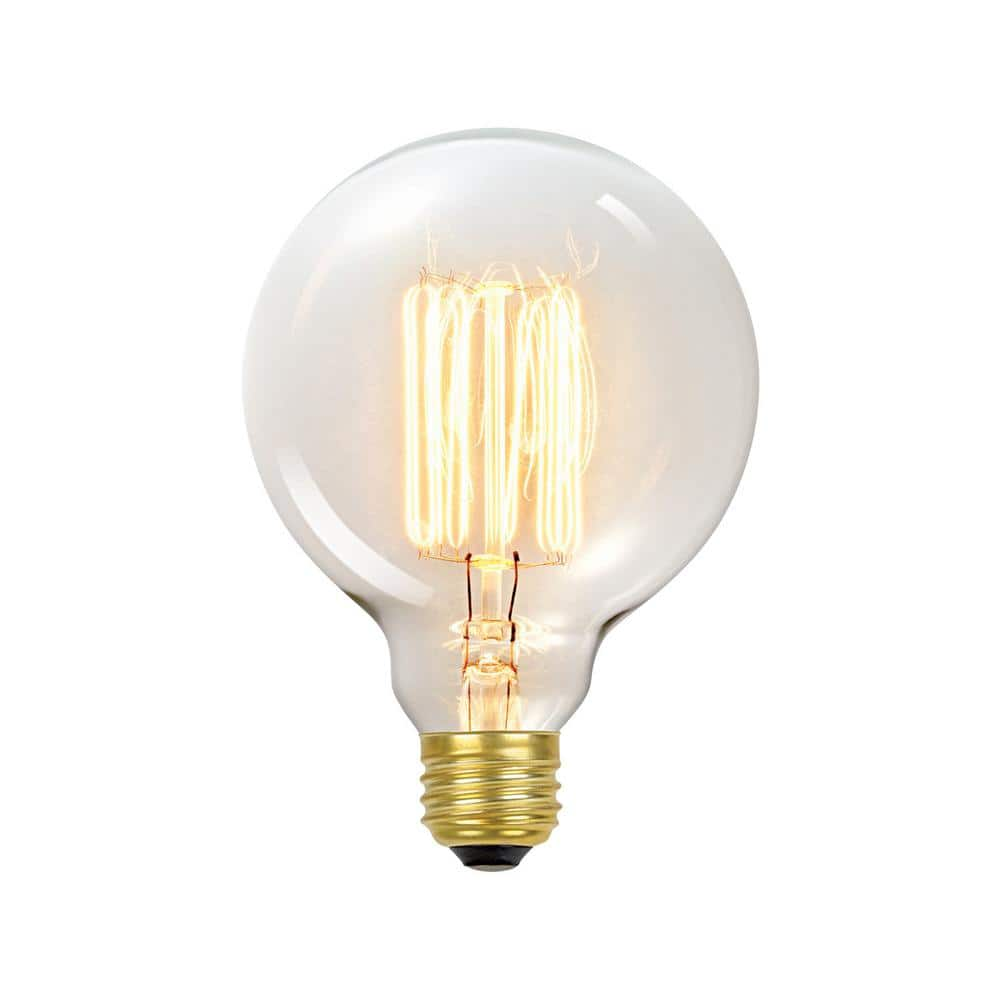cross-posted from: https://lemmy.world/post/20128020
The video dissects a USB-C cable marked with a 10A rating even though there is no such rating in the standard.
It would be interesting what this is meant for, as I’ve never seen a device with such a rating?
I’ll save you guys from watching. It was just a bog standard crappy USB C cable. This video reeks of advertising to me. The tool which was used to identify the cable (which tbh I thought was pretty cool, so I searched it using the obvious hints in the video) is a kickstarter which is starting sometime today. Awfully sus!
48V, 10A at 6 feet or less length requires 16awg wire for <=3% loss (which is the critical appliance standard rather than the more lax <= 10% used for most DC circuits). That’s a wire with a conductor diameter of 1.3mm ~= 0.05in.
The cable probably isn’t 10A rated. But, it’s not an overly thick wire to get it done. Most of the girth is insulation and shielding.
This is overly simplified. And, I didn’t care to watch the video.
edit: replaced mistaken > with <
deleted by creator
Sometimes you can find spec-bending similar-but-different tech implementations within closed device ecosystems that aren’t meant to interface with third party equipment. With that said I doubt this cable is an example of that.
Haha pretty much

I’m willing to bet that this is one of those sketchy knockoff cables. The usb-c standard, called USB power delivery doesn’t support 10 amps. Likely it never could because it would require thicker cables and more heavy duty connectors than what USBC actually has. Anyone who knows anything about basic electronics already knows this, more specifically what happens when you put too much current through a cable that’s not rated for it.
All I can say is that I hope there aren’t devices that try and actually pull 10 amps through a cable like this, it would probably not end well.
I mean, isn’t it a usb_c cable that the manufavtuer claims can handle 10 amps of current at once? (which i think may be on the low side)
In what world are you living where 10 A is on the low side for general-purpose electronics?
The elecrelically semi-literate side, obviously.




